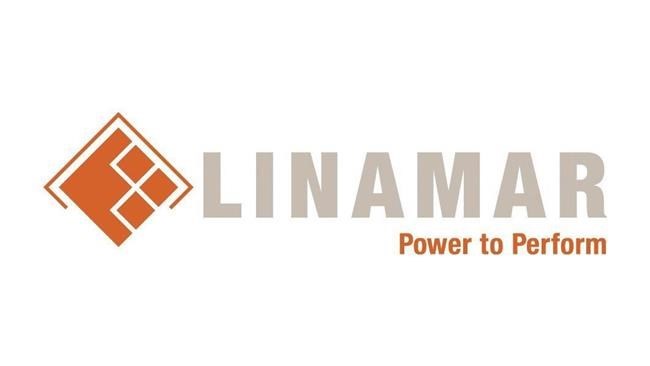The auto industry has hit its trough from the COVID-19 pandemic, Linamar chief executive Linda Hasenfratz said Tuesday.
About 94 per cent of Linamar’s workers are back at plants and there has not been COVID-19 transmission there, she said on a conference call about the company's latest quarterly results.
“Auto sales have bounced back nicely from (second quarter) lows, although there is still a drag from the pandemic,” said Hasenfratz.
“Inventory levels dropped quite low after two months of shutdown.”
In addition to making cars, the company makes harvesting machines. Executives told analysts the company has benefited from a “great season” for farmers.
The vehicle parts manufacturer reported sales of almost $1.64 billion in the three months ending Sept. 30, down from $1.74 billion in the third quarter of 2019.
But net earnings rose to $125.5 million, or $1.92 per diluted share, compared with earnings of $98.2 million, or $1.50 per diluted share, a year ago.
The company also doubled its third-quarter dividend to 12 cents per share.
Analysts surveyed by Refinitiv expected the Guelph, Ont.-based company to report revenue of $1.59 billion and net income of $67.2 million, or $1.15 per share.
Linmar's improved earnings come after the company updated its third-quarter guidance in early October, saying that COVID-19 had not hurt U.S. vehicle sales or manufacturing in Asia as much as previously expected.
On Tuesday, the company said it expects 73 million vehicles to roll off global assembly lines this year, up from its 2020 forecasts of 71.7 million in October, and the forecast of 69.5 million issued in July.
Hasenfratz said the company has also scored new contracts to make engines and transmissions, as well as battery electric vehicles parts for China and chassis and rear-drive components in Canada.
“Notably, electric vehicle programs have represented nearly one third of total wins this year,” said Hasenfratz.
“A gear grinder or shaper used to make a gear for an internal combustion engine vehicle is the very same equipment we use to make a year for an electric vehicle.”
One thing that could change in the next year is Linamar’s access to government support related to the pandemic. Linamar got $47 million in wage subsidies in the third quarter, and executives said that Canada’s subsidy program was “world class” and more generous than the support available in other countries.
“I do want to point out that even if you strip those subsidies out, our results this quarter were significant and higher than last year,” said Hasenfratz.
“So there's a lot more going on here than just wage subsidies, in terms of what we delivered in the quarter.”
In addition to renegotiating debt, planning the closure of a Kentucky-based plant, and cutting spending on software, subscriptions and travel, Linmar also trimmed back on capital expenditures by 53 per cent in the third quarter. Hasenfratz said she expects capital investments to return to more normal levels next year, but credited the company’s approach to technology and equipment for the savings.
Hasenfratz noted Linamar’s contracts to build ventilators, amid increased demand from the COVID-19 pandemic. The company was able to get a system in place in a couple of weeks to build a 1,700-part ventilator, she said.
“This is a massive advantage Linamar has in comparison with competitors who may invest in more dedicated equipment, which — although cheaper, and often requiring less labour — is not easy to reallocate to new programs or to scale,” said Hasenfratz.
This report by The Canadian Press was first published Nov. 10, 2020.
Companies in this story: (TSX:LNR)
Anita Balakrishnan, The Canadian Press


